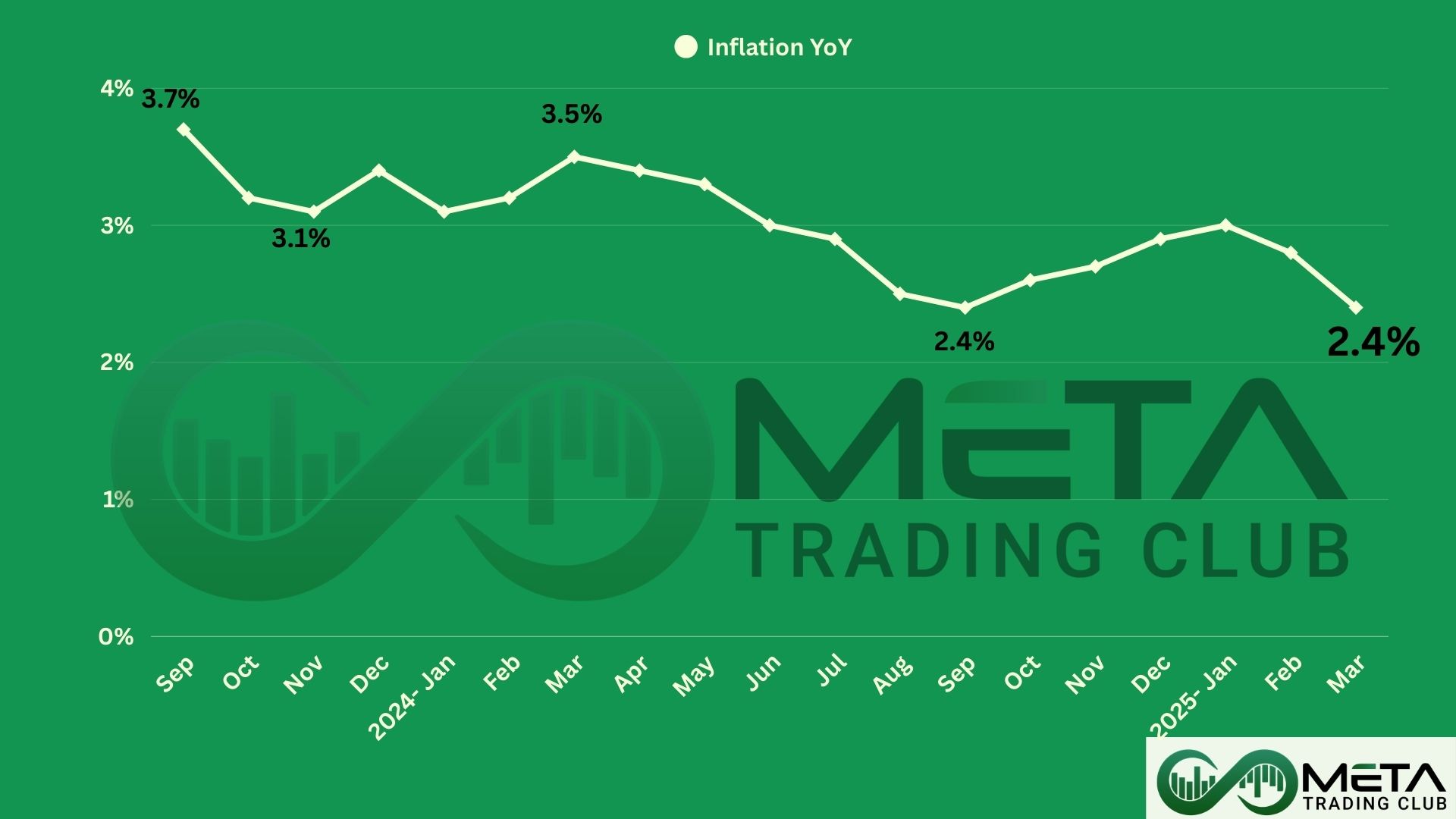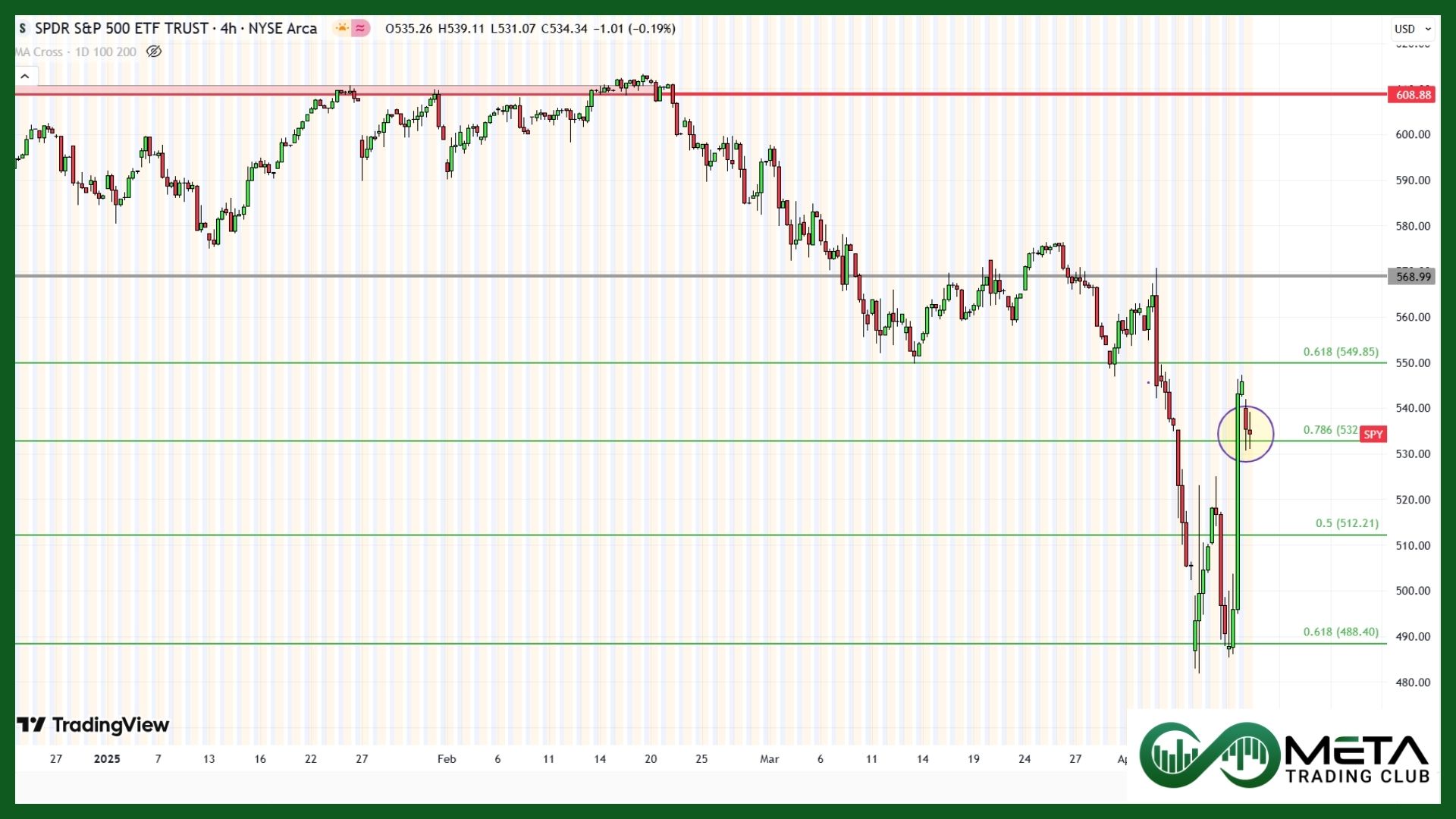An inflation report is published by the government, typically by the central bank, and provides detailed information on current inflation rates. It includes data on price changes for various expenditure categories like housing, food, and transportation, and identifies factors driving inflation.
A Consumer Price Index (CPI) report measures the average change in prices paid by urban consumers for a market basket of goods and services, providing a key indicator of inflation. Published monthly by national statistical agencies, it includes data on categories like food, housing, and transportation. The CPI report helps policymakers, economists, and investors understand economic trends and make informed decisions.
Inflation March 2025
The U.S. Bureau of Labor Statistics released the Consumer Price Index (CPI) data for March 2025, highlighting a 0.1% decrease in the CPI for All Urban Consumers (CPI-U) on a seasonally adjusted basis. This marks a shift from the 0.2% rise recorded in February. Over the past 12 months, the all-items index increased by 2.4% before seasonal adjustment.
Source: BLS report
Energy Index:
- The energy index dropped by 2.4% in March, driven by a 6.3% decline in gasoline prices.
- While gasoline prices fell, the indexes for electricity and natural gas rose by 0.9% and 3.6%, respectively.
- Over the last year, the energy index decreased by 3.3%, with gasoline prices down 9.8% and fuel oil prices down 7.6%.
Food Index:
- The food index rose by 0.4% in March, with food at home prices increasing by 0.5% and food away from home prices up by 0.4%.
- Notable monthly increases included eggs (+5.9%), meats, poultry, fish, and eggs (+1.3%), and dairy products (+1.0%).
- Over the past year, the food index grew by 3%, driven largely by a staggering 60.4% rise in egg prices.
All Items Less Food and Energy:
- The index for all items excluding food and energy rose by 0.1% in March, following a 0.2% increase in February.
- Over the past year, this category saw a 2.8% increase, with shelter up by 4.0%, and motor vehicle insurance rising 7.5%.
Key Highlights:
- The drop in energy costs was a major contributor to the overall decline in the CPI, balancing out increases in other categories like food and shelter.
- Inflation over the past year has moderated, with the smallest 12-month increase in the all-items less food and energy index since March 2021.
- While certain prices, such as food and personal care, showed consistent growth, the decline in energy prices provided some relief.
This mixed economic picture reflects both easing inflationary pressures in certain areas and persistent challenges in others, emphasizing the need for ongoing monitoring of price trends.
Impacts of March Inflation Data on Market
The CPI report for March 2025, showing a decline in inflation to 2.4%, is likely to have mixed effects on the stock market. Lower inflation can boost investor confidence, as it enhances the likelihood of cutting interest rate hikes by the Federal Reserve. This could positively impact growth stocks and sectors sensitive to borrowing costs, such as technology and consumer discretionary.
However, the drop in energy prices may negatively affect energy companies, while rising food prices could influence consumer spending patterns. Additionally, the slight decline in the CPI might signal weaker economic momentum, which could weigh on market sentiment. Overall, the market may experience short-term relief, but ongoing uncertainties around inflation and economic growth could keep volatility elevated.















